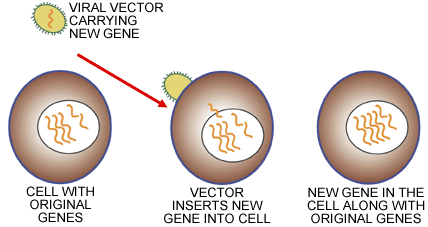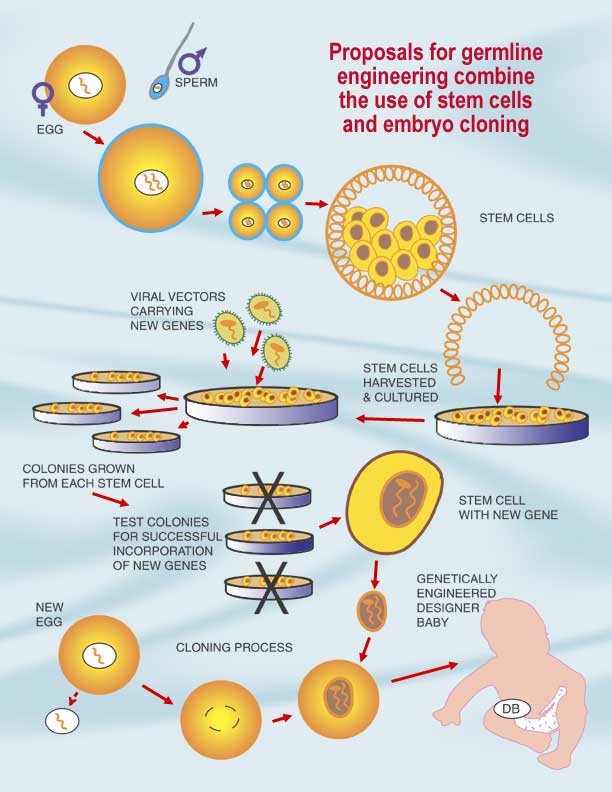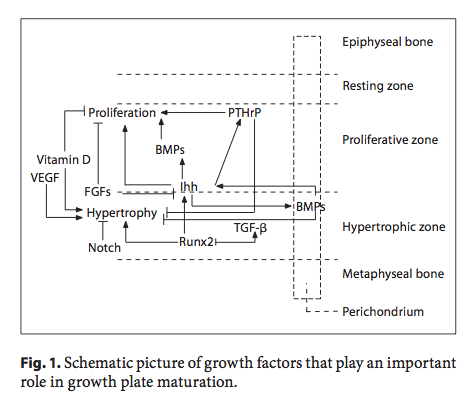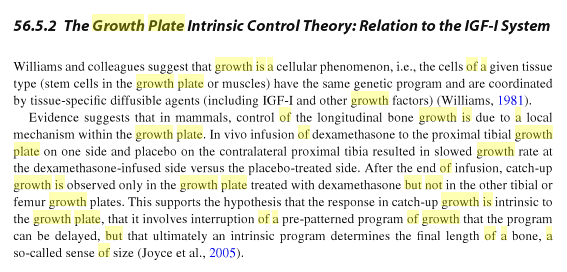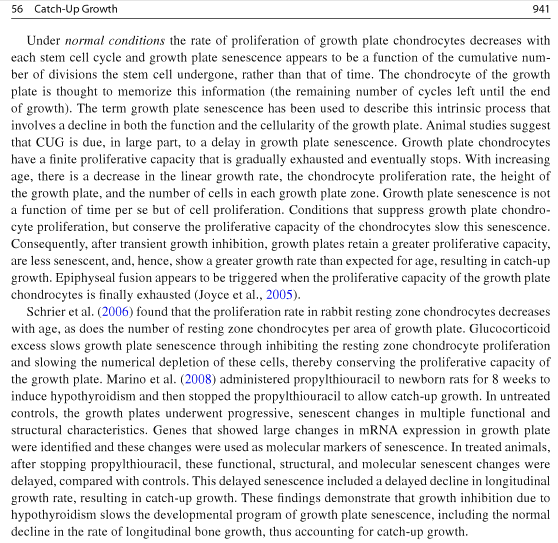Something that I am sure any person who thinks a lot about height and how to grow taller eventually reaches is to wonder whether our children will end up short or tall, or hopefully wishing that our current or future children will end up to the type of stature we expect them to be at.
I know that personally, due to how obsessive I am with this endeavor, I may have some emotional difficulty if I eventually have a son who somehow doesn’t get even to the average height. I worry about this type of thing and wonder just how reasonable is it to worry already about something which hasn’t even happened yet and might be a decade into the future.
If I look at the direction and speed at which I am approaching any type of fatherhood, it is possible I will not be procreating at all in my life. I guess now that I am in another serious relationship, considering marriage, and settling down, I would not be too out of line to think about how well my future children with go through growth. Will they also worry as much about height and how tall they are as their dad?
I know that in my family, my mother, cousins, and my sisters all seem to have personal deep quirks and issues over their height, even though they would not be considered “short” by most people. It could be that I developed this strange obsession from being around my family. All I know is that every person in my family has expressed at some point their desire to be taller or regret that they are not taller than where they are now. What a strange family I am from.
So the original question is “Can We Change Our Genes And DNA So That Our Children Can Be Taller And Tall Height Becomes Hereditary Within Our Family?”
I would say that in the current genetics theory we are told, there is a small possibility we can.
In genetic engineering, the most general idea is that before the human (or any living organism) is ever even born, before even conception, when the sex cells/gametes, the male sperm and the female egg have not been integrated together to form the zygote, we can do some genetic “editing” on the dna in the individualistic cells like adding additional dna or replacing a section of the genome by clipping it and replacing the section with something slightly altered. We can use vectors to do this job. From the blog “Designed Babies” post “How a Designer Baby Can be Produced” we learn that there seems to be two types of effect when we change DNA.
You have Somatic Modification and Germline Modification. So Let’s see what these two types are…
From the website for The Association of Reproductive Health Professionals, there are definitions given for the two types.
HUMAN GENETIC ENGINEERING: A CRITICAL DISTINCTION BETWEEN TWO APPLICATIONS
1. “Somatic” genetic engineering is genetic engineering that targets the genes in specific organs and tissues of the body of a single existing person without affecting genes in their eggs or sperm. Somatic gene transfer experiments are currently undergoing clinical trials, with mixed results to date. But they may someday be effective. Diagram 5 above shows how somatic genetic engineering works.
2. “Germline” genetic engineering is genetic engineering that targets the genes in eggs, sperm, or very early embryos. The alterations affect every cell in the body of the resulting individual, and are passed on to all future generations. Germline engineering is banned in many countries but not in the U.S. Diagram 5 shows how germline genetic engineering works.
Implications For Height Increase: This post was to discuss the feasibility of being able to genetically change our children to make them taller. Obviously it is clear that of the two main ways to make people taller, the more effective approach is to do it before the child is even conceived. The effect is that all subsequent generations will also have the same traits and characteristics that you assigned to the genetic engineer.
What is interesting is that the websites and literature sort of suggest that even embryos can be altered genetically with a vector to change the DNA. I guess the key is to make sure the embryo is not too large or to far in it’s development to alter it’s DNA.
As for people who are already born, the effectiveness of genetic engineering is clearly decreased. We might wish for our 5 year old who is still growing to be even taller than what they are programmed to be and there might be a way to use somatic genetic engineering to achieve that. Somatic Engineering is still a very young area of study and there is little in this area in terms of concrete results. I know that at least a few biohackers in China and the USA who are already injecting themselves with certain types of vectors with growth factors inside to make themselves gain muscle muscle and loss weight faster.
I recently was reading the personal blog of the Professor, Researcher, and Multi-Millionaire Stephen Hsu at Information Processing and he would talk about the fact that at least one major private Chinese Research company has been trying to figure out how to engineer “genius babies”. In Hsu’s March 27th post, entitled “On the radio: NPR’s on the point” there is an audio file which you can play where he is being questioned on NPR about the details about China’s work in trying to create smarter babies. In the talk, Hsu would mention at least 4-5 times about the fact that besides intelligence, geneticists would also be trying to change other genotypes in the genome of the prenatal embryo. The first thing he brings up is the fact that height would clearly be the next big thing parents would probably secretly wish and love to change about their child.
Like I said before: Every single normal parent would want the best for their children to they would do everything they can to give the children, who might not even be born yet, every single physical advantage that money can buy.
Height would clearly be something that parents would ask to be manipulated. I would also then postulate that every single parent, if they had the chance would ask the child to be above average in height, or at least “tall” in description in comparison to other children ie the kids’s peers. However, what if then every single rich parent asks that their kid’s be tall?
The average height of boys and girls born to rich people with the money would shoot up in bamboo. Then it would turn into a sort of one-up-manship where each parent will try to make their kids at least slightly taller, maybe by 1 cm, then their friends’ or rival’s kids. After 3-4 generations, you’d have people who are programmed to be 8 feet tall. We’d look like midgets standing next to these genetically enhanced people.
So I guess the big thing we have to ask ourselves before we more further in the direction of creating “enhanced” babies is to ask what type of future do we really want to create and what are the odds that the super-humans we create in our children will turn into something ugly? Will they look at us and think that we are inferior creatures because we never got genetically enhanced?
I leave the reader with the quote from the website…
“The only situation in which germline engineering would be required over pre-implantation selection is one in which a couple would like to endow their child with genes that neither member of the couple possesses. This is the “enhancement” scenario, which we believe would lead to a dystopic human future if it were allowed”

